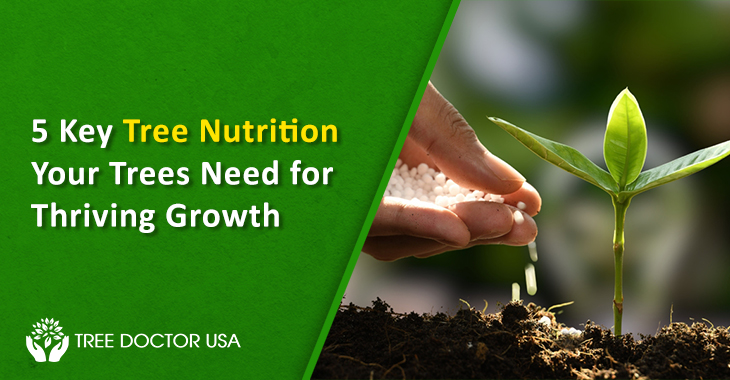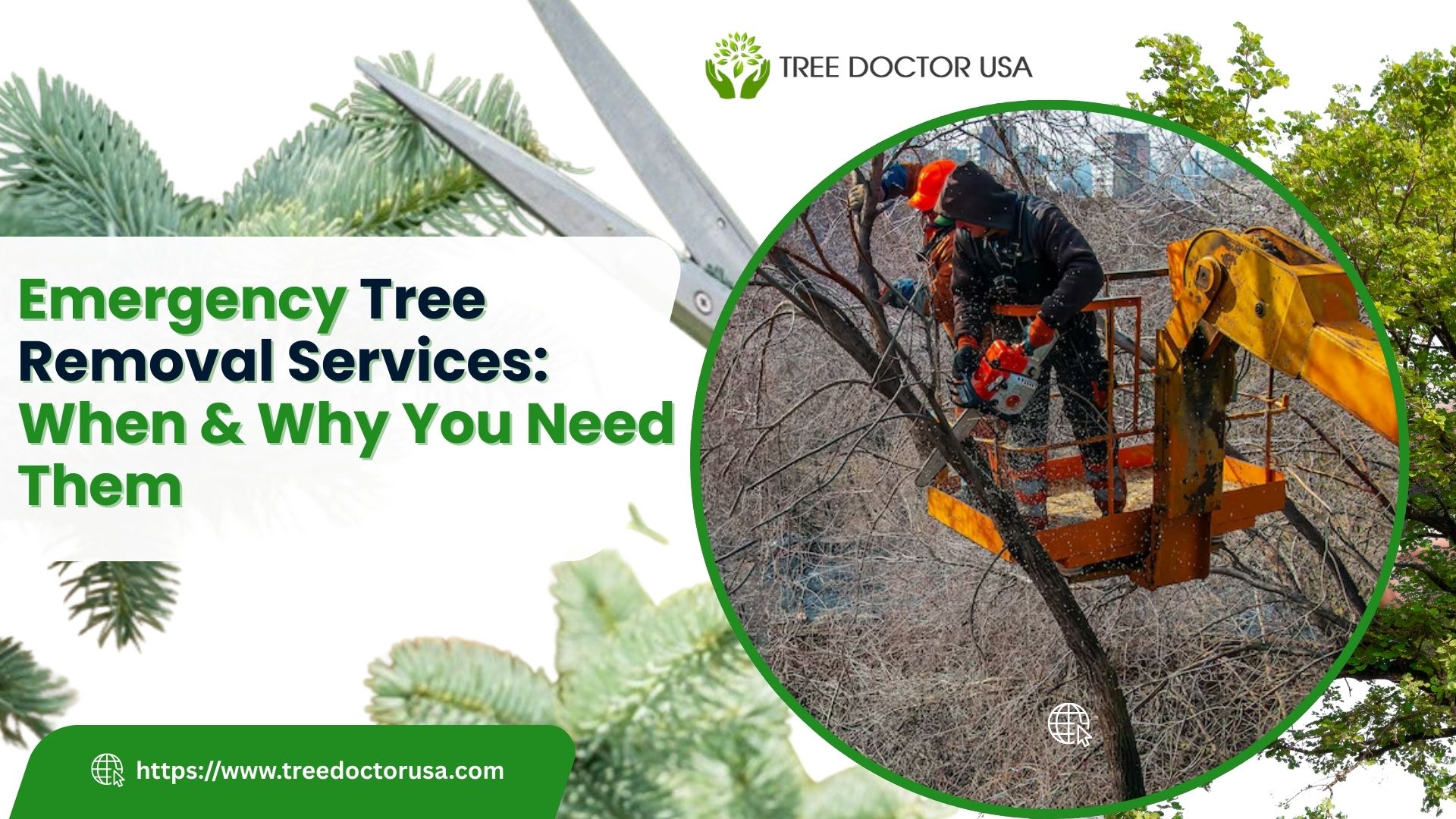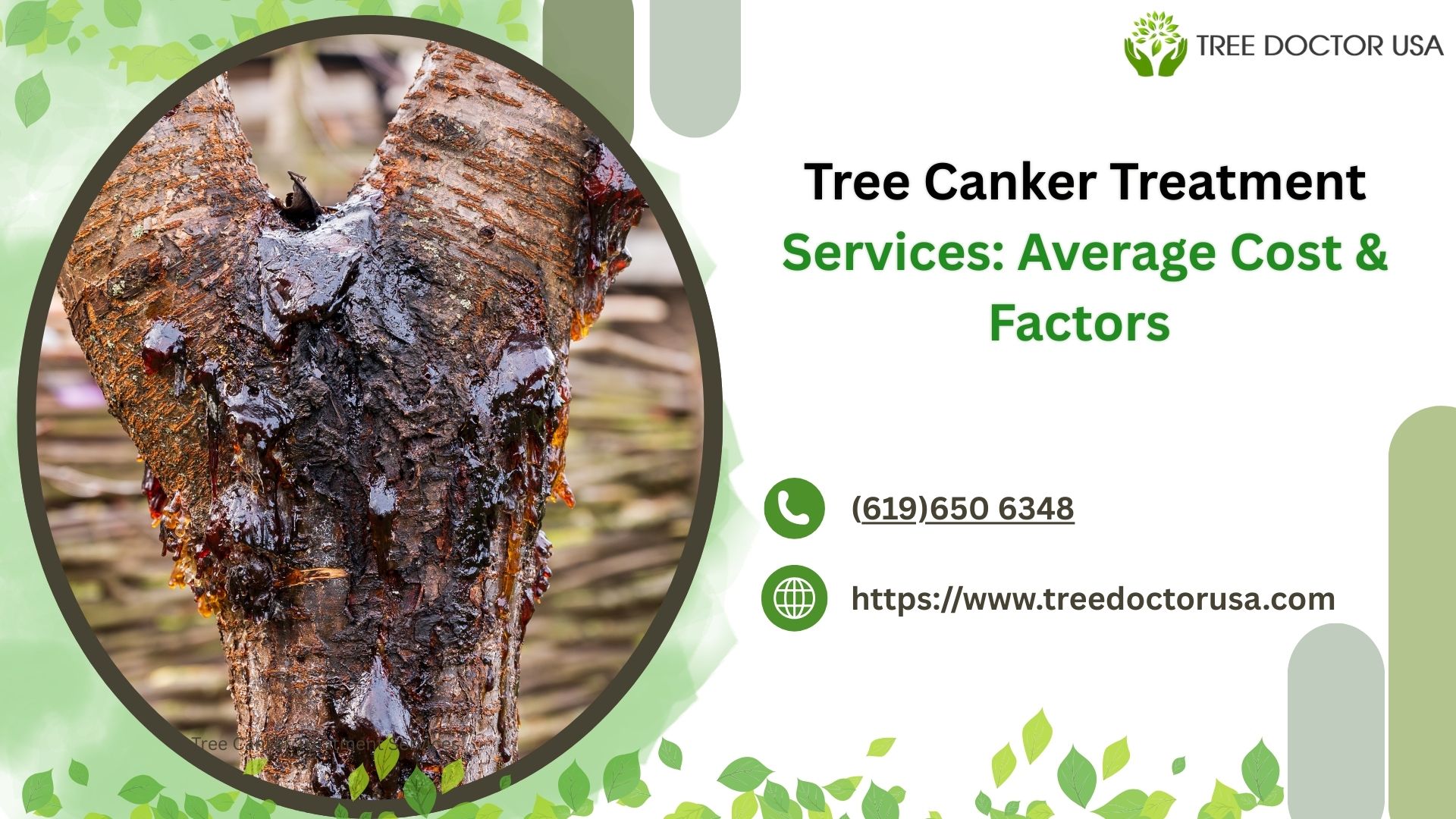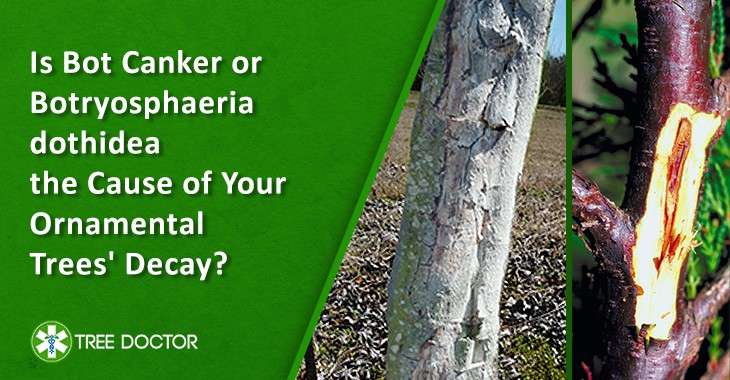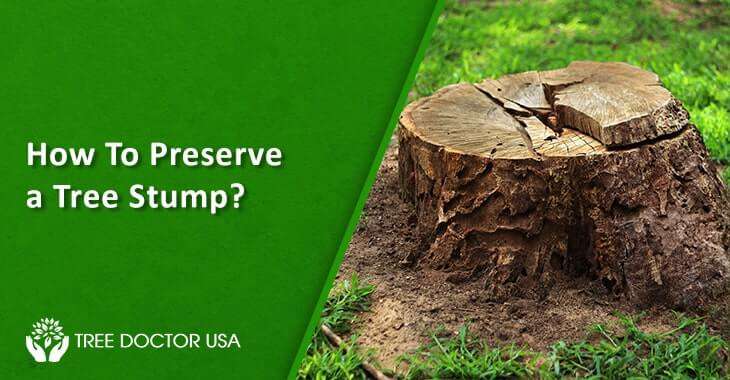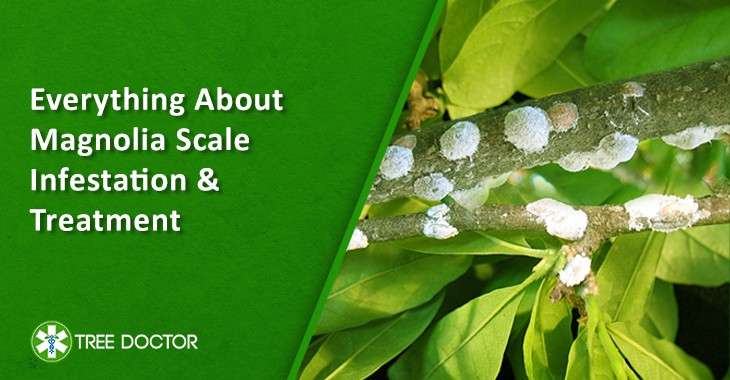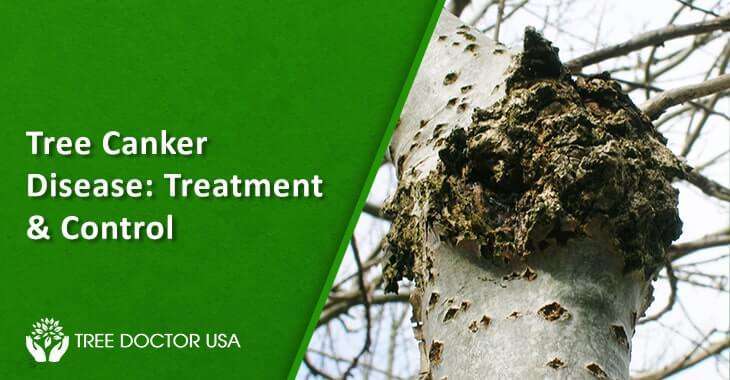5 Key Tree Nutrition Your Trees Need For Thriving Growth
The human body needs water, vitamins, minerals, fiber etc for perfect survival. Trees are also living beings like us, and they also need the right nutrition. Macronutrients and micronutrients are the most important portions of tree nutrition.
Macronutrients are nutrients that trees need in super large quantities. On the other hand, micronutrients are the nutrients that trees need in small amounts.
Let’s now learn about the 5 basic macronutrients that are vital to conserving resilient trees.
Nitrogen: The Growth Booster
Understanding how to provide and regulate nitrogen levels can level up your tree health care routine.
Importance of Nitrogen for Trees
- Boosts Growth: Nitrogen stimulates the rapid growth of tree parts and boosts foliage. A sufficient nitrogen supply results in denser and greener canopies.
- Supports Photosynthesis: Nitrogen is a key factor in photosynthesis as a major component of chlorophyll. It is the procedure by which trees convert available sunlight into potent energy.
- Supports Protein Synthesis: Nitrogen is a substantial part of amino acids, which are the building blocks of protein’s structure. Nitrogen also helps with the regulation of the tree’s body tissues and organs. It includes solid enzymes that help in metabolism and growth.
Signs of Nitrogen Deficiency
- Yellowing of leaves
- Stunted growth
- Thinning canopy
How to provide trees with the right amounts of nitrogen?
- Organic Fertilizers: Organic options such as composted manure or bone meal provide sufficient nitrogen. They also cut the risk of over-fertilization. These natural choices also improve soil health over time. They also promote the capacity to hold nutrients and water.
- Inorganic Fertilizers: Inorganic nitrogen fertilizers promise powerful solutions to nitrogen deficiency. But, you should use them with caution as disproportionate amounts can lead to nutrient imbalances. They can also cause severe and irreversible environmental damage.
- Regular Soil Testing: Regular soil tests can guide your fertilization schedule and amounts.
Phosphorous: The Root Promoter
Phosphorus is important for tree nutrition and carrying out photosynthesis. It is further important for the construction of DNA and RNA in trees.
Importance of Phosphorus for Trees
- Strengthens Root Systems: Phosphorus promotes growth, especially in young trees. Strong and expansive root systems are stepping blocks for water and nutrient uptake.
- Supports Energy Utilization: Phosphorus is a hero in the process of energy transfer within trees. It helps convert nutrients into functional building blocks for growth.
- Supports Flower and Fruit Production: Phosphorus helps convert solar energy into chemical energy. It increases flower and fruit production, which leads to healthier and more generous harvests.
Signs of Phosphorus Deficiency
- Reduced growth rates
- Smaller leaves than usual
- Weird dark green appearance on leaves
- Purplish color leaves
- Underdeveloped root system
How to provide trees with the right amounts of phosphorus?
- Organic Fertilizers: If you are looking to give the soil a healthy doze of phosphorous, then bone meal and rock phosphate are the best sources. These options release phosphorus slowly and cut the risk of over-fertilization.
- Inorganic Fertilizers: Inorganic options of fertilizers, which mainly include superphosphate and monoammonium phosphate, provide a quick phosphorus dosage.
- Soil Testing: Soil testing helps you to make changes to your tree health care and fertilization practices.
3. Potassium: The Disease Fighter
Potassium promotes tree’s health and stimulates disease resistance.
Importance of Potassium for Trees
- Enhances Disease Resistance: Potassium is important for the activation of many enzymes. It also assists in the production of ATP or adenosine triphosphate. It delivers energy to various plant processes. This nutrient helps strengthen plant cells, which makes it harder for diseases to penetrate the tree’s internal structure and damage its tissues.
- Regulates Water Usage: Potassium plays a big role in tree nutrition and in regulating water uptake and loss in trees. It helps them manage drought stress. This regulation helps maintain turgor pressure in cells and is important for their structure and function.
- Improves Overall Vigor: Potassium helps in photosynthesis and carbohydrate building.
Signs of Potassium Deficiency
- Browning or yellowing of leaf edges and tips
- Scorched leaves
- Curled leaves
- Stunted growth
- More fungal and bacterial diseases.
How to provide trees with the right amounts of potassium?
- Organic Sources: Wood ash is a natural and reliable source of potassium. You can spread it lightly around the base of the tree. Compost and composted manure also have reliable amounts of potassium and improve soil structure.
- Inorganic Fertilizers: You can apply potassium sulfate or potassium chloride after the soil test recommendations. Use inorganic fertilizers according to instructions. Also, avoid over-application; otherwise, it can lead to severe nutrient imbalances.
- Mulching: Mulch from organic materials can help slowly release potassium into the deep sections of soil as it decomposes. It also helps maintain soil moisture and provides a steady supply of nutrients.
- Regular Soil Testing: Perform soil tests as they can help you understand the specific needs of your soil. They also help adjust your tree nutrition plans and fertilization practices.
4. Calcium: The Structure Booster
Calcium is a vital nutrient that helps reinforce the structure of trees.
Importance of Calcium in Trees
- Strengthens Cellular Walls: Calcium is a key component of plant cell walls. It delivers structural strength to the tree. This structural integrity improves the tree’s overall health and its power to stand tall against environmental stresses. These factors make calcium fundamental to tree health care.
- Promotes Root and Leaf Development: Calcium helps in the growth of the root system. This further helps a tree absorb water and nutrients. Calcium is a basic nutrient for leaf development, which contributes to the vitality and function of the tree.
- Enhances Disease Resistance: Trees with calcium are more competent at resisting diseases. It plays a substantial role in activating certain enzymes. Calcium also aids in sending signals that help plants protect against pathogens and diseases.
Signs of Calcium Deficiency in Trees
- Leaf tip burn
- Stunted growth of shoots and roots
- Fruit blemishes
How to provide trees with the right amounts of calcium?
- Lime Applications: Add lime to the soil, as it is one of the most powerful ways to improve calcium content. Lime also helps to adjust the pH of the soil, which also promotes tree development.
- Gypsum Supplements: Gypsum is another calcium-rich compound that provides a good amount of calcium without altering soil pH.
- Regular Soil Testing: Performing soil tests can bring detailed insights into the calcium levels. It also helps keep a check on other nutrient contents and pH levels.
5. Magnesium: The Chlorophyll Component
Magnesium is one of the most significant macronutrients for plant survival and development.
Importance of Magnesium for Trees
- Drives Photosynthesis: Magnesium captures sunlight and turns it into energy. This procedure is super vital for the tree’s nutrition and survival.
- Supports Plant Structure: Magnesium supports the creation of strong and resilient plant cells. It has a major role in developing the strong physical structure of the tree.
- Aids in Nutrient Utilization: Magnesium helps in the smooth movement of other essential elements like phosphorus and iron throughout the tree. This transportation helps maintain balanced nutrition. It also makes sure that all parts of the tree remain healthy.
Signs of Magnesium Deficiency in Trees
- Yellowing of leaves
- Premature leaf drops.
- Slowed growth rates of trees.
How to provide trees with the right amounts of magnesium?
- Organic Amendments: You can add organic materials like Epsom salts to the soil to reinforce the magnesium content. It is a pure mineral compound of magnesium and sulfate. It can increase soil magnesium levels and is safe for boosting overall soil health.
- Balanced Fertilizers: Use fertilizers that include solid magnesium particles. Don’t forget to check the labels for magnesium content, which is often listed as MgO (magnesium oxide). These fertilizers help replenish mild to excessive magnesium deficiencies and also avoid future deficiencies.
- Regular Soil Checks: Soil tests make sure that your trees always have access to the magnesium they need.
Final Words
Providing your trees with the right nutrients will help you promote their long-term health and vitality. Focus on fundamental components of tree nutrition. It mainly includes nitrogen, phosphorus, potassium, calcium, and magnesium. Healthy and well-nourished trees can better withstand pests and diseases plus fight away environmental stressors.
If you are not sure about your tree’s nutritional needs or need professional care, Tree Doctor USA is here to assist you. The expert arborists here can assess and diagnose nutrition deficiencies in your trees. They further deliver smart and personalized solutions for your trees.

